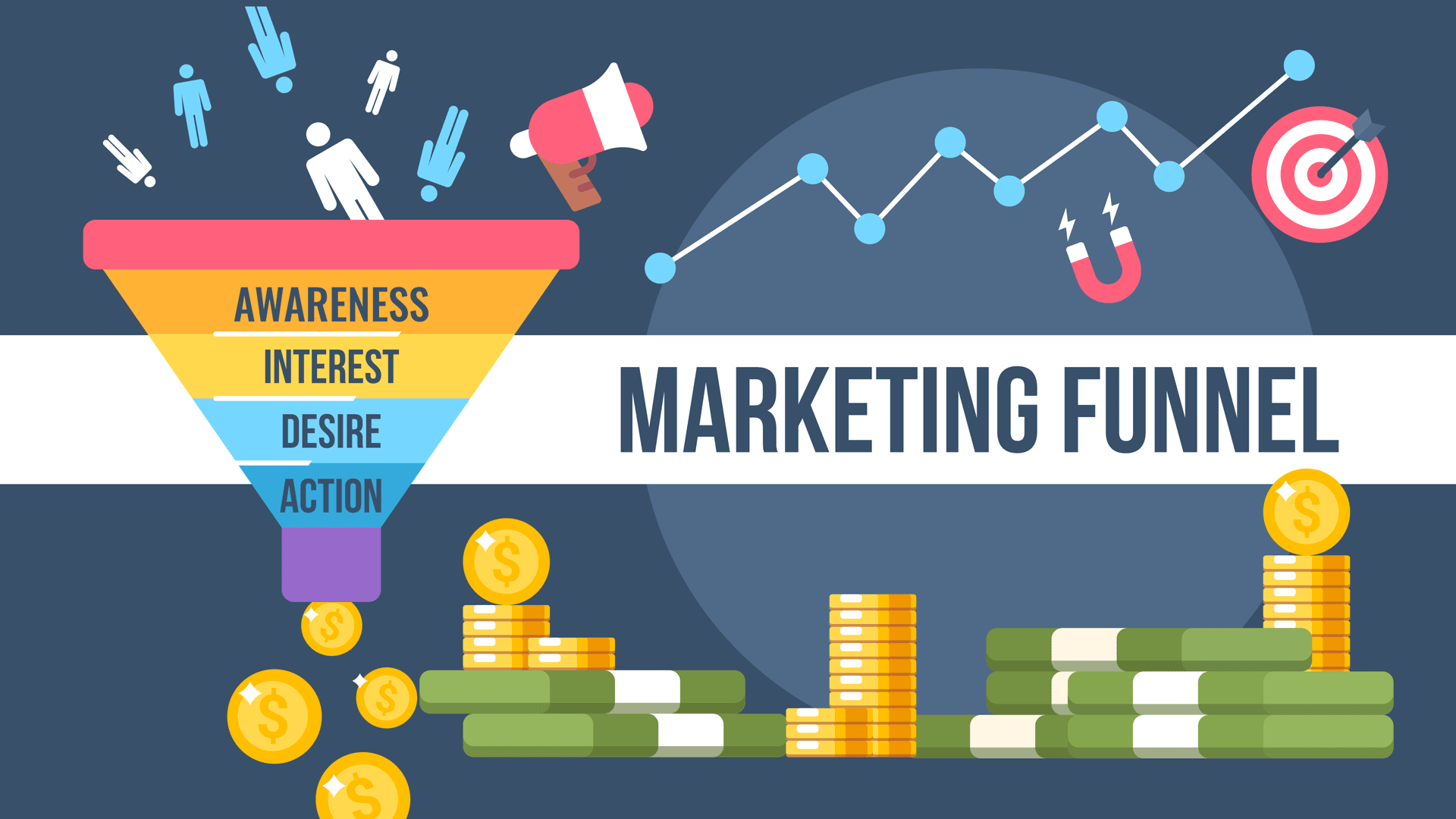Is your customer the unifying thread? How to do martech right
How you approach martech is highly dependent on the thread that's unifying all of your decision-making. Contributor Debbie Qaqish explains how this affects your chances of success.
Debbie Qaqish on June 18, 2018 at 11:01 am | Reading time: 7 minutes
 In 2011, I worked with a large tech firm on their martech stack. This was years before marketing operations (MO) was cool or the term martech or stack was in play.
During our meeting, my contact handed me a single sheet of paper with 20 different logos representing all the technologies they used to support marketing. Her question was, “What should we keep and what should we get rid of? Also, keep in mind that this will be a battle to get alignment on any changes.”
I picked up the sheet of paper, took a look at the logos and replied, “I have no idea.” She was a bit taken aback; after all, I was supposed to be consulting with her on this.
However, like many tech stacks, this one was put together over time and based on many different goals with many different owners. Without a unifying thread with which to make decisions on what stays and what goes, how things are used and how they are integrated, there wasn’t a chance that this tech stack would ever be anything but a set of disparate, costly and ineffective systems representing different fiefdoms.
Fast forward to today, and we know that marketing ops as a capability has quickly matured. Even so, MO groups are still all over the board in creating the “unifying threads” to envision and optimize their stack. Today there are three primary unifying threads in action:
In 2011, I worked with a large tech firm on their martech stack. This was years before marketing operations (MO) was cool or the term martech or stack was in play.
During our meeting, my contact handed me a single sheet of paper with 20 different logos representing all the technologies they used to support marketing. Her question was, “What should we keep and what should we get rid of? Also, keep in mind that this will be a battle to get alignment on any changes.”
I picked up the sheet of paper, took a look at the logos and replied, “I have no idea.” She was a bit taken aback; after all, I was supposed to be consulting with her on this.
However, like many tech stacks, this one was put together over time and based on many different goals with many different owners. Without a unifying thread with which to make decisions on what stays and what goes, how things are used and how they are integrated, there wasn’t a chance that this tech stack would ever be anything but a set of disparate, costly and ineffective systems representing different fiefdoms.
Fast forward to today, and we know that marketing ops as a capability has quickly matured. Even so, MO groups are still all over the board in creating the “unifying threads” to envision and optimize their stack. Today there are three primary unifying threads in action:
- Technology.
- Funnel.
- Customer journey.
Technology thread

Funnel thread
 As both marketing and the MO group mature, there is a shift to what I call the funnel thread.
The funnel thread has become the mantra for B2B marketers. In many ways, the marketing funnel is the center of the B2B marketing universe.
Just look at the metrics that are tracked and reported:
As both marketing and the MO group mature, there is a shift to what I call the funnel thread.
The funnel thread has become the mantra for B2B marketers. In many ways, the marketing funnel is the center of the B2B marketing universe.
Just look at the metrics that are tracked and reported:
- How many people are in each funnel stage?
- What’s the rate of conversion from one funnel stage to another?
- How can we create content by funnel stage?
- How many MQLs (marketing-qualified leads) are being provided to sales?
- What’s the conversion rate of those MQLs to closed/won business?
Customer journey thread
 Back to the story of the tech company I was working with on their tech stack. Once I told my contact that I could not advise them on what was written on the paper, my next step was to re-imagine what was on that slip of paper.
My thought was “a picture is worth a thousand words.” I took out my pen and drew the head of a person in the center of the paper. I wrote “customer” underneath the head and turned it back around for my client to view. I advised her that the only way to unify and make sense of all the technologies they had gathered was to take an external, not an internal perspective.
It was time to look at the customers and how they take their journey as the unifying thread for their martech stack. This was the only way to stop turf wars and to optimize the tech stack to drive marketing results.
Let’s look at how unifying technology around the entire customer journey — including net-new acquisition and account expansion — affects MO responsibilities.
First, the MO group becomes a service organization to more than just marketing. I was interviewing a MO executive earlier this week for my upcoming book, and we were talking about MO being a team sport. He was telling me about how adopting a customer-centric approach across the company enabled his team to work across functions to fully enable digital transformation in their global enterprise. His group was now required to look at technology decisions differently based on their customer-centric approach.
Here are some examples of how that perspective impacts the operation:
Back to the story of the tech company I was working with on their tech stack. Once I told my contact that I could not advise them on what was written on the paper, my next step was to re-imagine what was on that slip of paper.
My thought was “a picture is worth a thousand words.” I took out my pen and drew the head of a person in the center of the paper. I wrote “customer” underneath the head and turned it back around for my client to view. I advised her that the only way to unify and make sense of all the technologies they had gathered was to take an external, not an internal perspective.
It was time to look at the customers and how they take their journey as the unifying thread for their martech stack. This was the only way to stop turf wars and to optimize the tech stack to drive marketing results.
Let’s look at how unifying technology around the entire customer journey — including net-new acquisition and account expansion — affects MO responsibilities.
First, the MO group becomes a service organization to more than just marketing. I was interviewing a MO executive earlier this week for my upcoming book, and we were talking about MO being a team sport. He was telling me about how adopting a customer-centric approach across the company enabled his team to work across functions to fully enable digital transformation in their global enterprise. His group was now required to look at technology decisions differently based on their customer-centric approach.
Here are some examples of how that perspective impacts the operation:
- Buying technology. Rather than assessing a piece of technology solely on the basis of what it could do for marketing, they now had to assess technology for marketing and other groups. Was the sales team looking at something similar? Were there needs in customer success that might be incorporated into the tech review? Does another group have something they might use in marketing?
- Implementing and integrating technology. Rather than just implementing and integrating to meet the needs of marketing, a bigger picture needed to be executed. Who needs to be involved in implementation if multiple uses across groups were established? What needs to be integrated with what, and how will that work?
- Optimizing technology. From a customer-centric viewpoint, optimizing a tech stack that holistically maps to the customer journey involves collecting data from sources throughout the journey, analyzing that data and working with stakeholders to optimize. This is a very different process and practice when performed across functions versus just within the marketing silo.
Contributing authors are invited to create content for MarTech and are chosen for their expertise and contribution to the martech community. Our contributors work under the oversight of the editorial staff and contributions are checked for quality and relevance to our readers. MarTech is owned by Semrush. Contributor was not asked to make any direct or indirect mentions of Semrush. The opinions they express are their own.
Related stories